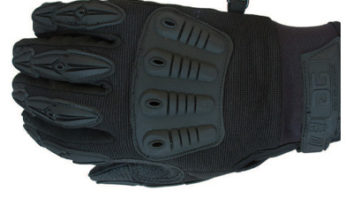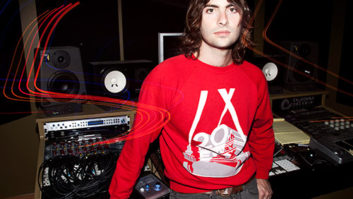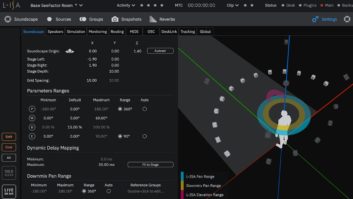Los Angeles, CA (January 4, 2018)—For mastering engineer Maor Appelbaum, change is good. Trying new pieces may not only expand his options but also bring to light new possibilities with his existing equipment, he says.
But Appelbaum doesn’t change for change’s sake. “I’m not the guy who says, I have to have something; I want to have something. There’s a difference.”
It’s easy to get caught up in the excitement of that certain something that a new piece brings to a project. “I’ve had times when I’ve bought stuff that I thought would be super cool and it did what it needed to do for that project. But then you find it doesn’t fit with other stuff, so you put it aside.”
The danger is that you’ll feel you must use it on every project, he says. “If you have a piece that was super expensive, and you have to justify buying it, you put it on everything—but it’s hard to find pieces of gear that fit everything perfectly.”
Suggested Article: Engineers Think Global, Master Local.
That said, certain items justify their price tag and guarantee a good return on investment. “There are only a few pieces that will always recoup: speakers, the room, hopefully your DAW. And there are things connected to that, like electricity,” says Appelbaum, who has a rack of Furman power conditioning, regulation and balancing units.
Plus, of course, the Maselec MTC 1X at the center of his set-up: “My mastering console, because it has a monitoring section and a transfer section, is always in use.”
Speakers, too, are in use on every project. “My mains are PMC IB1S monitors. I love using them,” he says.
Evaluating every piece of equipment is impossible, of course. “There’s so much stuff out there, I can’t say I’ve heard it all. But I’ve heard a lot, and I still listen to a lot. There’s a limitation to how much time you can invest.”
Trying a new piece may open new tonal possibilities based on where it goes in the signal flow, he says. “You change where something is in the chain, or cascade it with something else, and—oh, that’s an interesting approach.”
But in a console comprising 15 or more pieces, it’s not possible to try every combination. “And there’s a limitation to what your ear can absorb at that moment.”
Over the past two years, he says, changes to his set-up have been largely for tone. “I’ll buy a compressor, but not for compression. Some of them have a color; you pass a signal through them and they just have something.”
On the mastering version of the Thermionic Culture Phoenix, for instance, he says, “You can pull the compressor out, but you can push the gain into it; I look at it like a guitar amp.” On a project for French industrial band Treponem Pal, “I pushed the gain 6 dB and the tube went into limiting by itself. It worked.”
Appelbaum purchased the SPL Iron for its tone, he says. “It has a bunch of options, but when I demoed it and put it in and out, on that specific project, it felt really nice.” Most recently, he remastered Pigface’s debut, Gub Spoon, using Iron. “It emphasized the whole image. We got a bigger-sounding record, a very natural stereo. The tone was [from Iron], a sheen without EQing.”
The Michaelangelo EQ from Texas custom shop HendyAmps, a stereo unit with a single set of controls (with left/right calibration), offers similar tonal possibilities. “You can bypass it and it still sounds really nice. I use it a lot, but not on everything.” Appelbaum had the unit customized to enable finer tuning on the controls.
He has also added an older unit, Legendary Audio’s Masterpiece, designed by Rupert Neve, after sending it to company founder Billy Stull to move the power supply outboard and modify some EQ controls. The signal flow can be customized according to the positioning of the modules in the rack.
The tape texture section is interesting, he says: “It’s heavy-handed, but in a good way. On certain things, you put it in and it’s just what I need. But even with no texture, there’s something that happens on certain material on the low end.”
Ultimately, however, it’s about the ears, not the gear. “You can give me a minimal setup and I’ll work with it, and hopefully get the results that I want. Maybe it will take me longer, or it’s not the exact result that I could do with another piece of gear. But I can get it to sound the way that I’m happy with and the client is happy with.”
Appelbaum will present “Mastering for the International Market” on January 25, 2018, at the NAMM Show. “I’ll be talking about different styles and different territories—there are different aesthetics—and the reasons behind me doing specific treatments,” he says.
HendyAmps • hendyamps.com
SPL • spl.info
Maor Appelbaum • maorappelbaum.com







